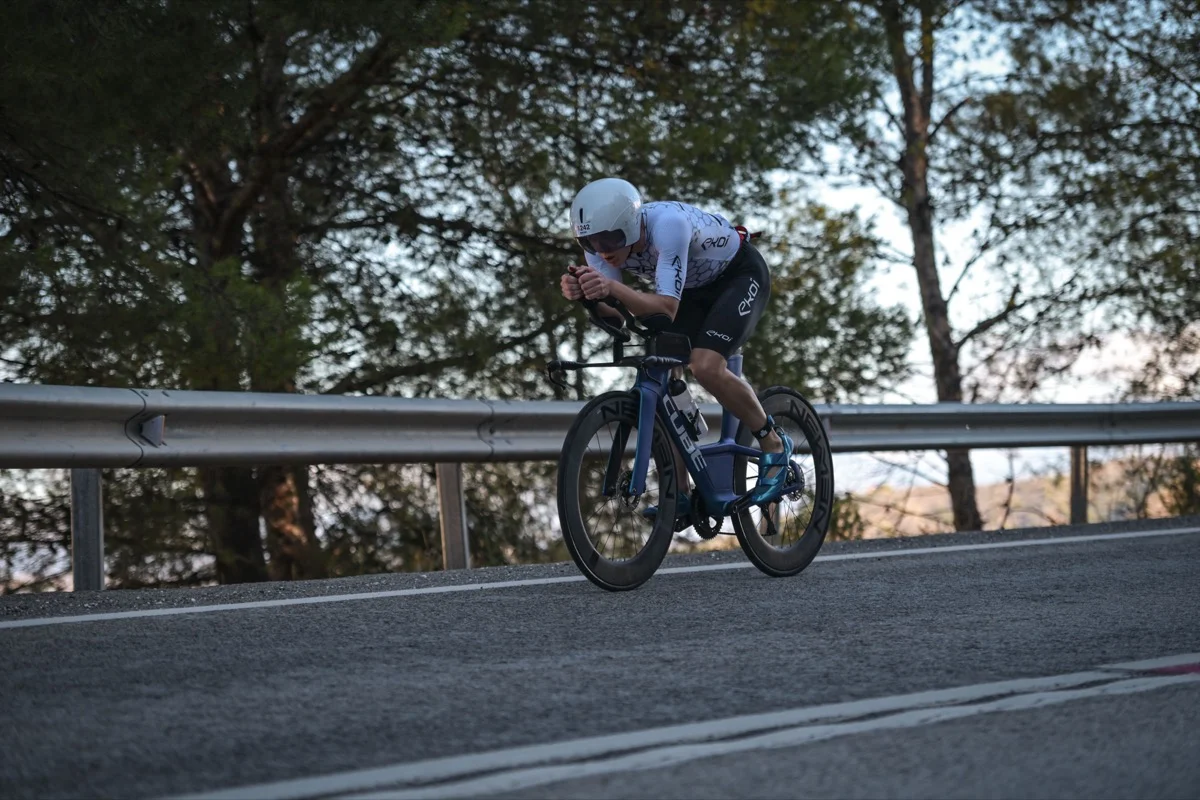The Norwegian Training Method is the most discussed concept in modern endurance sports. It is the key to the success of world-class athletes like Olympic champion Jakob Ingebrigtsen (running) and Ironman world champion Kristian Blummenfelt (triathlon). Instead of relying on chance or feeling, this scientifically founded method uses targeted intensity and lactate control to elevate the performance of runners and triathletes to a new level.
This article explains the three central principles of the Norwegian Method and how you can apply them in your own training.
1. The Core Principle: Polarized Training (80/20 Rule)
The foundation of the Norwegian Method is Pol Training (Polarized Training), often summarized as the 80/20 Rule.
- 80% Low Intensity Training (LIT): The majority of your weekly training volume is completed at a very easy intensity. The goal is the maximum development of aerobic endurance (aerobic capacity) without unnecessary stress on the central nervous system.
- 20% High/Moderate Intensity Training (HIT/MIT): Only a small, but extremely targeted, part of the training takes place at high intensity. The Norwegians focus here almost exclusively on threshold training at or just below the lactate threshold.
This imbalance ensures that you are always fresh and recovered for the hard, important sessions.
2. The Turbo Boost: Double Threshold Training
The principle that sets the Norwegian Method apart from other training approaches is the so-called Double Threshold Training.
Instead of a single intensive session per day, athletes complete two separate threshold training sessions in one day:
The major advantage of this approach: You can complete a higher volume of high-quality threshold training without quickly pushing past the critical lactate threshold. The break between sessions allows for partial recovery and the replenishment of glycogen stores.
{{cta}}
3. The Control Instance: Lactate-Controlled Training
The decisive scientific factor of the Norwegian Training Method is lactate control.
Professionals use portable lactate meters to precisely control the intensity of every threshold session and stay within the optimal range. The goal is not to run as fast as possible, but as fast as possible without losing metabolic control.
Important for amateur athletes: Although constantly measuring lactate levels is impractical in everyday life, the principle of strict intensity control can be simulated by heart rate monitoring or the Rating of Perceived Exertion (RPE) scale.
Conclusion: The Essence of the Norwegian Method
The Norwegian Training Method is not magic, but a data-driven system. It combines a high volume of aerobic endurance with extremely targeted, lactate-controlled threshold intervals (Double Threshold). It aims to improve the body's ability to clear lactate more efficiently – the key to higher performance over long distances like the half marathon, marathon, or Ironman.
If you want to attack your personal best over the 21.1km or a middle distance, a structured application of these principles is essential.


.webp)
